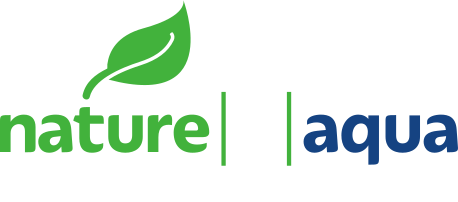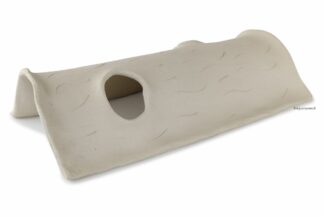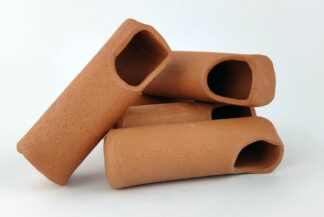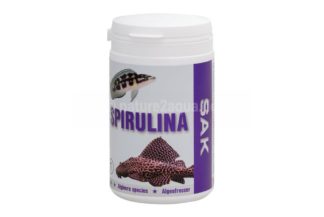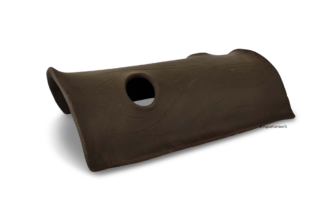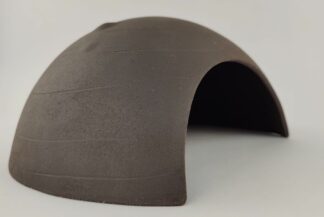Despite the fundamental insights in plant nutrition and plant physiology, we are in the hunting and the problem that we can not predict the actual need for trace elements of an aquarium. There are several reasons:
1. Still largely missing knowledge of the specific requirement of individual water plants
There are few published data on crop volumes and fertilizer needs of individual water plant species (Kasselmann 1999). This is probably mainly because the research of plant nutrition is concentrated on major crops.
2. Complex interactions of various aquatic plants in the aquarium
However, much more important are the interactions of a mixed culture of aquatic plants (and microbes and animals) in the aquarium itself. It is then that complex systems with nutrients to (and light) competing species. The topped up to “macronutrients” such as nitrogen and phosphate on the fish food, the lighting, the carbon dioxide supply and water quality of the water change play a role and are not precisely predictable.
3. Water tests
nother important point is the availability of sufficient quality water testing. Except for test kits for iron and copper, and the macronutrients nitrate and phosphate hardly aquaristischer manufacturer has more kits in its program. In this respect, the aquarium if it is not to other products such as the highly recommended tests of Macherey-Nagel GmbH & amp. Co. KG in Düren recourse, “usual” in the available in the pet trade tests and be watchful eye instructed.
Therefore, in principle, all dosing information to consider (any manufacturer) as a guideline. To illustrate this point, one of the test for the aquarium Fermendo fertilizer is briefly described below:
Description of the test tank for Fermendo fertilizer:
- Volume 1,600 l gross real about 1,400 l
- Lighting 2 x 250 W HQI, lighting time 12 hours a day, plus some strong lateral sunlight
- Stocking: rainbow fish, sucking loaches, some armored catfish, Otocinclus 85, some Hara hara. Overall rather low stocking.
- Strong planting dominant Vallisneria gigantea, Vallisneria spiralis, Crinum thaianum and Hygrophila polysperma, additionally about 3/4 of the soil with Cryptocoryne x willisii, Cryptocoryne becketii, Cryptocoryne planted wendtii (different versions), Cryptocoryne parva, various Echinodorus, Anubias and Microsorium (on Root).
- Moderate supply of carbon dioxide (about 60 bubbles / minute, thus avoiding biogenic decalcification esp. by Vallisneria), introduced over a 30 cm long flippers.
- Water values: GH 17, KH 9 (somewhat variable), pH 8.5, nitrate fluctuates on average between 25 and 40 mg/l, tendency between water changes sinking, phosphate 0.1 to 0.25 mg/l wavering
- Weekly water change about 25 % of output water 50 mg/l nitrate and more than 2 mg/l phosphate
This aquarium has been fertilized by the beginning of the test phase with a pure iron fertilizer and held the ferrous value from about 0.1 mg/l. After starting to fertilise with Fermendo aquatic plant fertiliser, the iron values were measured daily in some cases, the growth rates of the aquatic plants were estimated and the dosage adjusted accordingly.
Result:
Under the given conditions, the fertilisation was continuously increased to 5 times the average recommended dosage of Fermendo in daily doses in order to ensure a stable iron value of 0.1-0.25 mg/l permanently between water changes. The growth performance of aquatic plants is more difficult to assess (measure), roughly the growth performance increased by about 30 % since the beginning of fertilization. Symptoms of deficiency to the aquatic plants are not available.
Overall, one can obtain also available in pet shops water test interpretations and assessments of nutrient requirements of an aquarium, despite all the limitations of the measurement results:
1. The nitrate levels should between management measures (water bills) falling continuously.
2. The phosphate levels should also between the nursing measures (water changes) decline steadily.
Both (decreasing) values indicate that the aquarium is located in a total nutrient-sapping state, that that adequate nutrients are consumed by the activity of the water plant and the biogeochemical cycles in simple terms as a largely closed and are working perfectly to evaluate.
3. The iron value should not fall below 0.1 mg/l (in each case before the water change) ideally, slightly higher rates after fertilization are not detrimental to the system.
Interestingly, playing under such conditions also still “fairly high” values for nitrate (in the test pool of 25-40 mg/l) no role in relation to the growth of algae, this basin is largely free of algae (of course, who grew up eating fish to be considered). The high amount of light with some direct lateral incidence of sunlight is unable to cause visible algae growth.
References:
Kasselmann, C. (1999): Aquarienpflanzen. – 2. edition Stuttgart (Ulmer)
